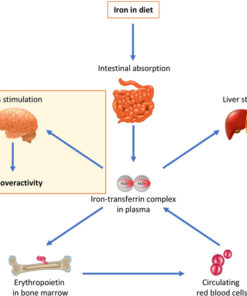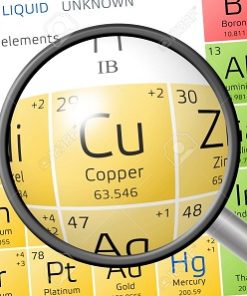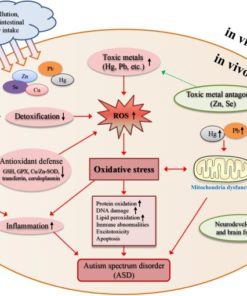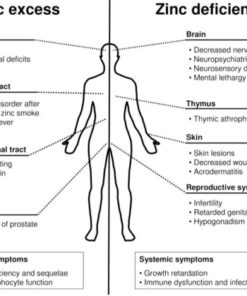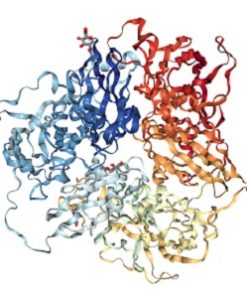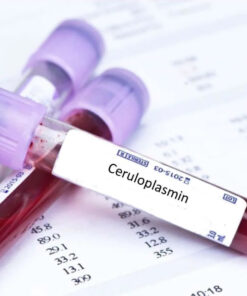Mitochondrial Dysfunction and Oxidative Stress in Autism: Implications for Treatment and Management
Autism Spectrum Disorder (ASD) refers to a group of neuro-developmental disorders that affect communication, social interaction, and behavior. It is currently the fastest-growing developmental disability in the United States. ASD is typically diagnosed during childhood, and signs include difficulty with relationships, repetitive verbal and motor patterns, and hyporeactive responses to stimulation.
The cause of autism is not fully understood, and while most treatments are limited to managing behavioral abnormalities, recent research has suggested a link between mitochondrial dysfunction and autism. Mitochondria are organelles responsible for energy production in cells, but they also play a critical role in calcium homeostasis, regulation of apoptosis, and reactive oxygen species (ROS) formation. Evidence suggests that increased oxidative stress or abnormalities in redox regulation may be mechanistically involved in the manifestation of the autistic phenotype.
To counterbalance ROS toxicity, cells are equipped with a variety of antioxidants such as glutathione, SOD, glutathione peroxidase, catalase, ascorbic acid, α-tocopherol, and β-carotene. Decreased levels of these antioxidant enzymes have been described in individuals with ASD, including a correlation between reduced levels and loss of language skills in children with ASD.
Studies have identified increased oxidative damage to DNA, proteins, and lipids in blood, urine, and post-mortem brain samples from autistic individuals. Decreased activity of glutathione peroxidase, glutathione-S-transferase, and glutamate cysteine ligase has also been found in the ASD cerebellum.
Supplementation with antioxidants such as N-acetyl-L-cysteine, coenzyme Q10, ubiquinol, ascorbic acid, α-tocopherol, methylcobalamin, and carnosine has been found to improve behavioral symptoms associated with autism. A randomized double-blind placebo-controlled trial showed that a formulation of multivitamins combined with mineral supplements improved plasma or erythrocyte levels of methylation, glutathione, oxidative stress, sulfation, ATP, nicotinamide adenine dinucleotide (NADH), and nicotinamide adenine dinucleotide phosphate (NADPH) and improved overall behavior, hyperactivity, tantrums, and receptive language in children and adults with ASD. Trials involving other antioxidants such as the phytochemical sulforaphane and the flavonoid luteolin also improved ASD symptoms.
Overall, targeting the various causes and effects of mitochondrial dysfunction in autism may help to rescue behavior and minimize the clinical manifestations of ASD. While much research remains to be done, these findings suggest that targeted therapies aimed at mitochondrial dysfunction may be a promising avenue for improving the lives of those with autism.
Understanding Oxidative Stress and Copper Overload
Testing for Copper Overload
Other Single Item Tests
All Cognoscopy Labs
All Cognoscopy Labs
All Cognoscopy Labs
Walsh Approach Test Panels

